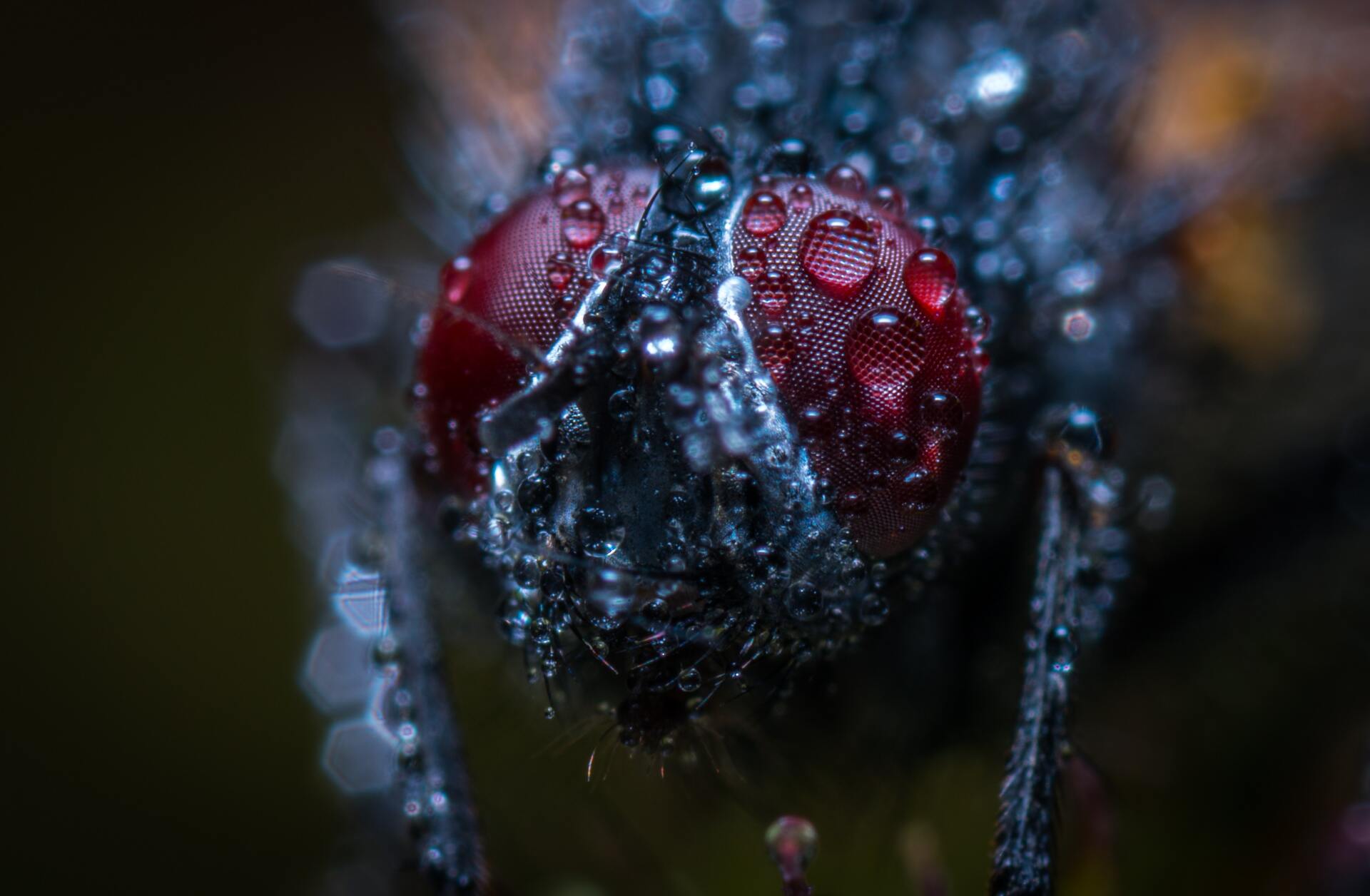Flower Bed Preparation for Spring Planting
Tips and Tricks to Prepare Flower Beds for Spring Planting

Annual flowers planted around the outside of your home give a welcome burst of color to any landscape and are easy to maintain once established. However, establishing them takes some skill and a few particular measures to ensure that they grow and thrive. We'll go through some of the steps you'll need to take to get your flower beds ready for planting in the spring.
Assessing the Bed Foundation
First, evaluate the soil, current growth, and accessible space you have to work with. Is the soil appropriate for planting right now? Will it have to be tilled, fertilized, or otherwise prepped before planting? Do you have any existing plants to work with, such as flowers or shrubs? Do you want to keep your current clothes and/or shrubbery or start over? Existing plants and bushes can help you save money and give you a beautiful base to work with if they complement what you want to grow.
Getting Down to the Root of the Weed Problem
It's time to get a little grubby! Weed control has a terrible connotation, but it's not a big deal. Keep in mind that weeds will never be completely eradicated. Weeding, like vehicle washing, is a necessary evil. The good news is that you do have some options.
If you get the root, it's fine to pull immature weeds by hand. The weed will regrow if the root is not removed. This strategy isn't ideal for vast areas, because weeds that aren't killed can quickly regenerate and spread. You must kill or remove the weed's root to prevent future weed infestations. As a result, weeding your beds is best done after a good rain. The soil will be moist, allowing the roots to more easily escape from the earth, leaving fewer roots to sprout later.
A tool, such as a shovel, trowel, or "weed popper," is another option. You may dig accurately and retrieve the entire root, especially early in the season before the weeds have a chance to establish themselves. With a little experience, you'll find that you've become pretty adept at eradicating weeds in this manner.
Spraying weeds is a more prevalent method that is generally easier than manual effort. Herbicides, both selective and nonselective, can be used to control weeds. Selective herbicides destroy only broad-leaved plants, whereas nonselective herbicides kill almost any plant they come into contact with. Spray on a quiet day with little or no wind, and place a piece of cardboard in front of any plants you don't want to be sprayed.
Clear Any Leaves and Debris
The next stage is to clear the planting beds even further. A rake comes in helpful for removing any accumulated rubbish or twigs. Remove or dislodge an excessive amount of leaves that have accumulated over the winter months with a blower. It will be easier to rake and bag the leaves if they are blown out of the beds and onto the lawn. After you've swept out all of the leaves and debris, check the soil to see if it's fit for planting.
Add Compost
Compost is an essential component of soil health. It's good for your plants since it supplies nutrients and helps to lighten heavy clay soils while also holding moisture better than sandy soils. You may make your own organic compost from leftover fruit and vegetable scraps, coffee grounds, and eggshells, or you can purchase compost from your local home and garden center. To assist healthy plant growth, add a little compost to each planting hole and mix it in with part of the soil you dug up. Then add a couple of inches of compost to the top of the entire planting bed.
Turn the Soil
It's a good idea to turn the soil in the flower beds with a shovel if the soil is compacted and heavy. When turning the soil, make careful to incorporate the compost. This will help young plants grow better by improving the soil profile. It's not necessary to dig a foot deep; 2-4" is usually sufficient. It should be a little easier to plant your new flowers in the softened soil after this stage. Because the roots can spread out more easily via the loosened dirt, they'll do better during the growth season.
Top the Planting Beds with Mulch
Last but not least, mulch your flower beds. Mulch serves a dual purpose: it is both attractive and practical. Mulch, which can be prepared from bark or wood chips, can be used to cover bare ground in the beds. It will also assist to control weed growth by minimizing the quantity of seeds that make their way into the soil of the flower bed and sprout. Mulch also helps plants and flowers retain moisture for longer, so they don't dry up as quickly. When covering flower beds with rock or gravel, it's a good idea to lay down landscape fabric to keep weeds at bay. When utilizing bark or wood chip mulch, no fabric is required.
Giving Your Beds an Edgy Look
After you've finished preparing the flower beds, consider edging them to frame your lovely work. Edging is a terrific method to distinguish the flower beds from the rest of the yard. If given the chance, some grass kinds will spread. As a result, edging is typically more than simply a decorative element; it can also aid keep grass from encroaching on your flower beds. To frame the beds, dig a simple shallow trench between your flower bed and the lawn, or use bricks, plastic edging, or wood. Each option has its own set of advantages and disadvantages, as well as a slightly distinct appearance, but they all serve the same purpose: to keep flower beds looking nice.
Adding a Finishing Touch
Finally, creating your flower gardens may be a lot of fun. This is your chance to express yourself with the use of various colored flowers and plants. You're almost done, but there are two crucial tasks left to complete. Use a floral fertilizer to feed your blooms. This will aid in the growth of your flowers and the production of brilliant blossoms. Water the fertilizer in, which also aids in the establishment of the plants in the soil. As you bring moisture to the dry soil you've been working in, the initial watering may take a little longer than usual.
After you've finished your job, sit back, relax, and take in the beauty of your handiwork. Including flower beds in your landscape design is a terrific way to make your home more attractive. The bold colors may completely transform the look and feel of your home, making it more inviting.
Don't have time to get that perfectly manicured lawn? That's ok!
The Eliminator is here to help!
Click the button below to find out how we can help:
CONTACT
(800)-499-5130
293 Hill Street,
Lyndonville, VT 05851
MAILING ADDRESS
PO Box 1212, Lyndonville VT 05851
BUSINESS HOURS
- Mon - Fri
- -
- Sat - Sun
- Closed


